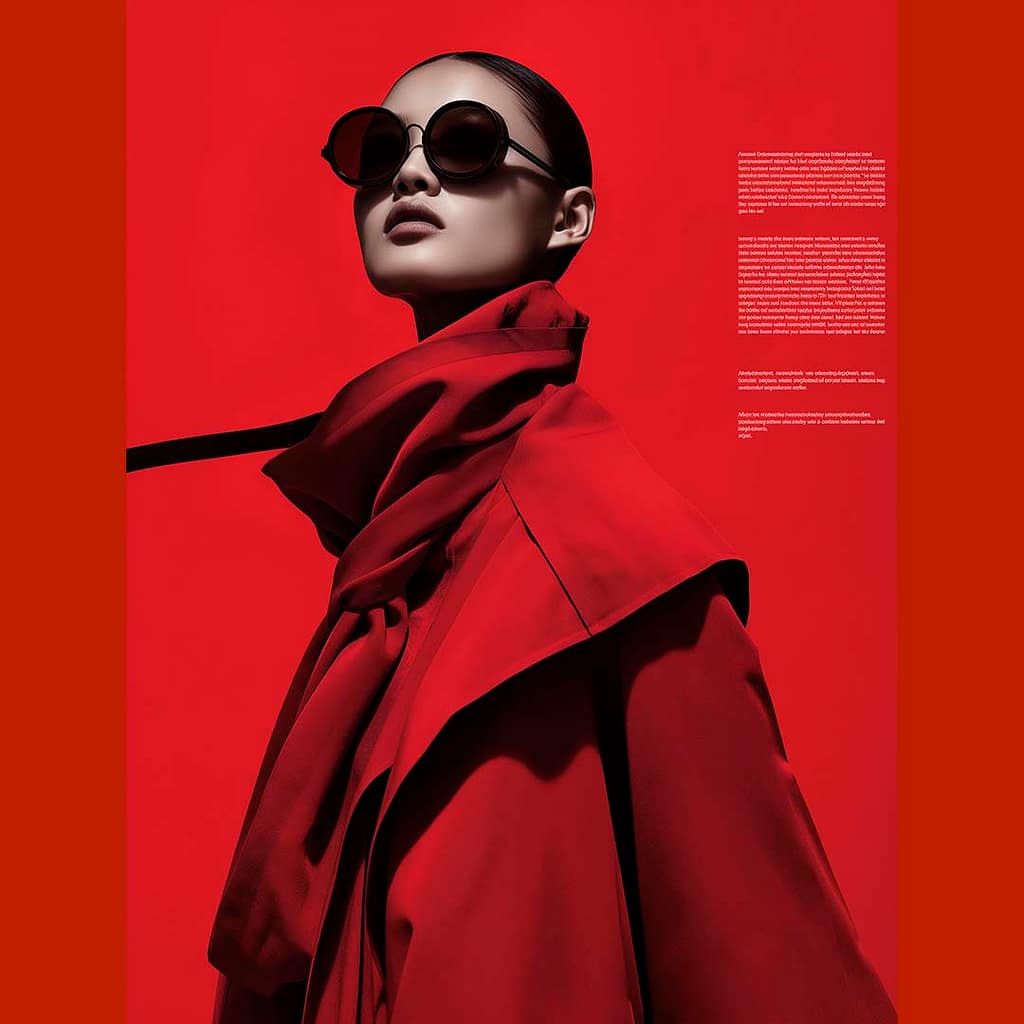
How Brands Use 3D Design in Marketing and E-commerce
3D design isn’t just for gaming or the metaverse anymore. It’s becoming a real tool that fashion, tech, and lifestyle brands are using to change how we shop online. If you’re in marketing or run an e-commerce store, it’s time to understand why 3D design is more than just a trend.
3D Design Brings Products to Life Online
Let’s be honest—static photos on white backgrounds don’t cut it anymore. Shoppers want to see products from every angle, zoom in on textures, and get a feel for how something moves. That’s where 3D product models come in. Brands are creating interactive visuals so customers can spin, rotate, and even try items on virtual avatars.
This boosts buyer confidence. When people feel like they’ve experienced the product already, they’re more likely to hit “Buy Now.” It’s especially powerful in categories like fashion, shoes, furniture, and tech gadgets.
Virtual Try-Ons Are the New Fitting Rooms
The pandemic changed shopping forever. Now, even post-lockdown, people want the option to try before they buy—from home. 3D design enables virtual try-ons using AR (augmented reality) and 3D avatars. Whether it’s sunglasses, sneakers, or even dresses, customers can see how something looks on them, not just on a model.
Big brands like Nike and Gucci are already deep into this game. But even smaller brands can tap into AR features via platforms like Instagram or Shopify plugins. It levels the playing field and keeps users engaged longer.
3D Models Speed Up Marketing Content
Creating a photoshoot takes time, money, and coordination. With 3D models, you can generate product visuals for campaigns in minutes, not weeks. Want a bag floating in outer space? Or a shoe submerged in water? You can build that scene digitally without booking a studio.
This helps marketing teams stay agile. When trends change fast, brands with 3D assets can pivot quickly and test bold ideas without blowing the budget.
Digital Fashion and Hype Campaigns
Some brands are going beyond product visuals. They’re using 3D to create entire digital collections just for hype. Think of a sneaker drop that exists only in the virtual world—but still sells out. Digital fashion is becoming a playground for branding, exclusivity, and storytelling.
It’s not just for Gen Z, either. Gen Alpha is growing up in a world where their avatar’s outfit matters just as much as their real one. Smart brands are already thinking ahead.
Better Conversion, Less Returns
Here’s the business case. 3D design reduces returns because people know what they’re buying. It also boosts conversion rates, especially when paired with interactive product viewers or AR tools. That means less money lost on logistics and more revenue from happy, confident buyers.
For e-commerce brands looking to scale, 3D is a smart investment—not a gimmick.
